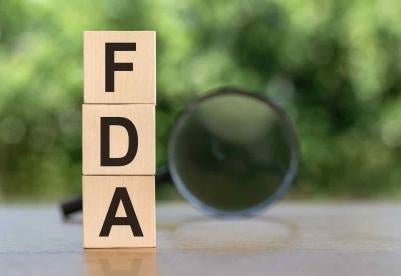-
The Food Safety Modernization Act of 2011 (FSMA) directs FDA to establish a program for the testing of food by accredited laboratories. We reported on FDA’s Final Rule which became effective on December 1, 2021 and provides eligibility requirements and procedures on how FDA will oversee a new Laboratory Accreditation for Analyses of Foods (LAAF) program. Under the LAAF program, FDA will recognize accreditation bodies that will, in turn, accredit laboratories, which will test food and provide results directly to FDA. Testing by a LAAF-accredited lab will be required to support removal of a food from an import alert or admission of an imported food detained at the border; to address an identified or suspected food safety problem with shell eggs, sprouts, and bottled drinking water; to address an identified or suspected food safety problem in certain, rare circumstances; and in connection with certain administrative processes such as testing submitted in connection with an appeal of an administrative detention.
-
On February 11, 2022, FDA announced the launch of the LAAF application portal (with User Guide) where interested accreditation bodies may apply for recognition under the LAAF program. Once the FDA has recognized a sufficient number of accreditation bodies, the agency will announce that laboratories may apply to the recognized accreditation bodies for LAAF-accreditation. When there is sufficient LAAF-accredited laboratory capacity for the food testing covered by the final rule, the agency will publish a document in the Federal Register giving owners and consignees 6 months’ notice that they will be required to use a LAAF-accredited laboratory for such food testing.
-
There is no way of predicting when the first LAAF-accredited laboratories will be available for food testing. FDA anticipates that LAAF-accredited laboratory capacity may become available at different times for various types of food testing described in the final rule, e.g., testing for biological, chemical, physical, radiological hazards, or, most commonly, microbiological hazards.
FDA Opens Application Portal for Accreditation Bodies Under LAAF Program
Monday, February 14, 2022



 i
i


